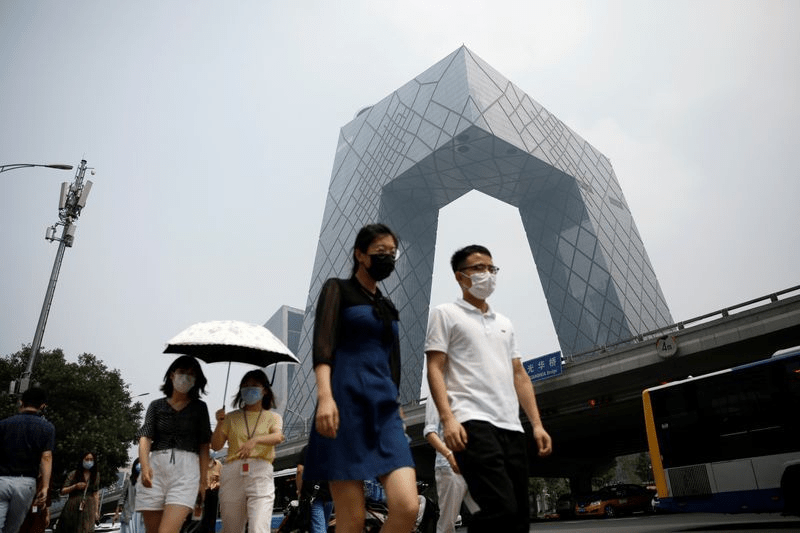Reform hopes rise as China focuses on “domestic circulation”
September 10, 2020 @ 11:39 +03:00
The new development model will be discussed at a meeting of the ruling Communist Party in October, where policies are expected to be built into the next five-year road-map for the economy, policy insiders said. Xi in May proposed a “dual circulation” strategy for the next phase of economic development in which China will rely mainly on “domestic circulation” – an internal cycle of production, distribution and consumption.
That will be supported by “international circulation”, in which China further integrates with the global economy, opening its doors to more foreign goods, capital and investment. As tensions between Washington and Beijing rise, the potential decoupling of the world’s two largest economies presents significant risks, a prospect that is firming China’s resolve to shift reliance to its own vast domestic market, policy insiders said.
Guided by the new strategy, elements of the 2016-2020 plan, including supply-side reforms and policies to spur urbanisation and innovation, are expected to be taken to the next level, the details of which will be unveiled at the annual parliamentary session next year. Government advisers have called for faster reform of China’s land and residency systems – key obstacles to its goal of building a highly urbanised, consumer-driven economy – and tackling a yawning rich-poor gap that has weighed on spending. Overhauling giant state companies would help tackle deep-rooted economic distortions and help level the playing field for struggling private firms, they argued.
To be sure, rebalancing the economy to rely more on consumer spending and less on inefficient investment and volatile exports has been a key policy goal for the past decade. But many Chinese advisers and economists are disappointed over the pace of reform in recent years, as a stability-obsessed government has plucked lower hanging fruit and delayed more painful reforms first unveiled at a key party meeting in 2013. Increased control by the ruling Communist Party over all aspects of society has raised doubts about faster changes.
China’s economy has to grow 5% annually in the next five years to help it become a high-income nation, policy insiders said. But growth this year, pummeled by the coronavirus crisis, is likely to slow to its weakest pace since 1976 – the final year of Mao Zedong’s Cultural Revolution.
Reform hopes rise as China focuses on inward economic shift, Reuters, Sep 10







